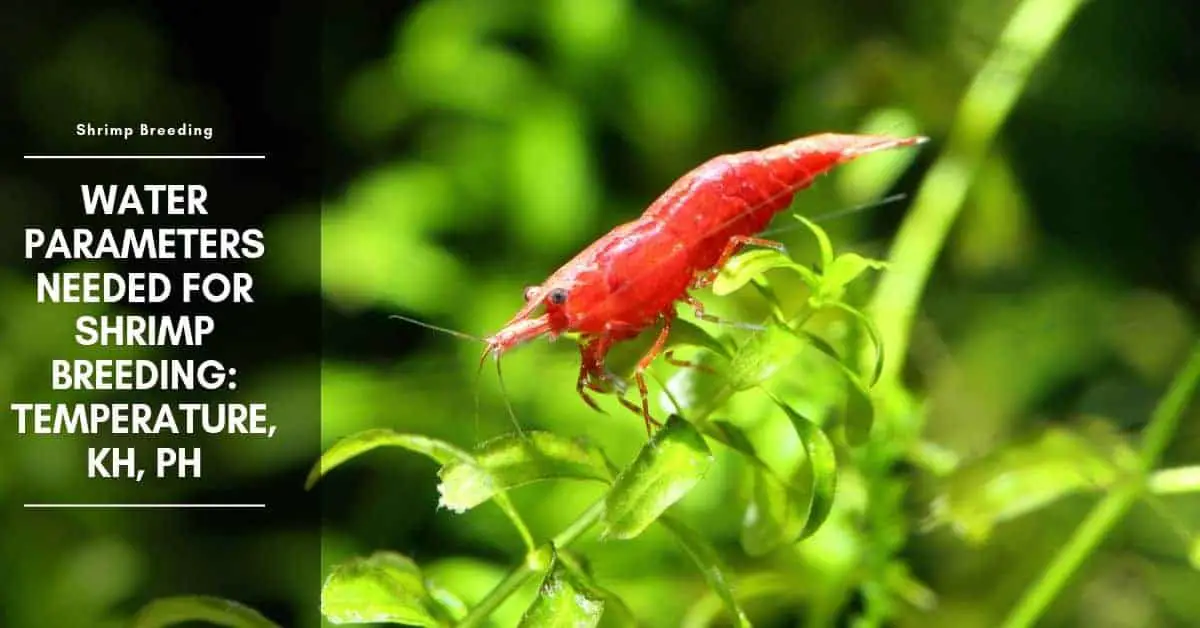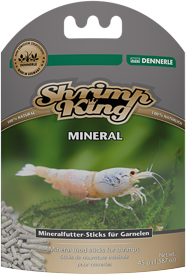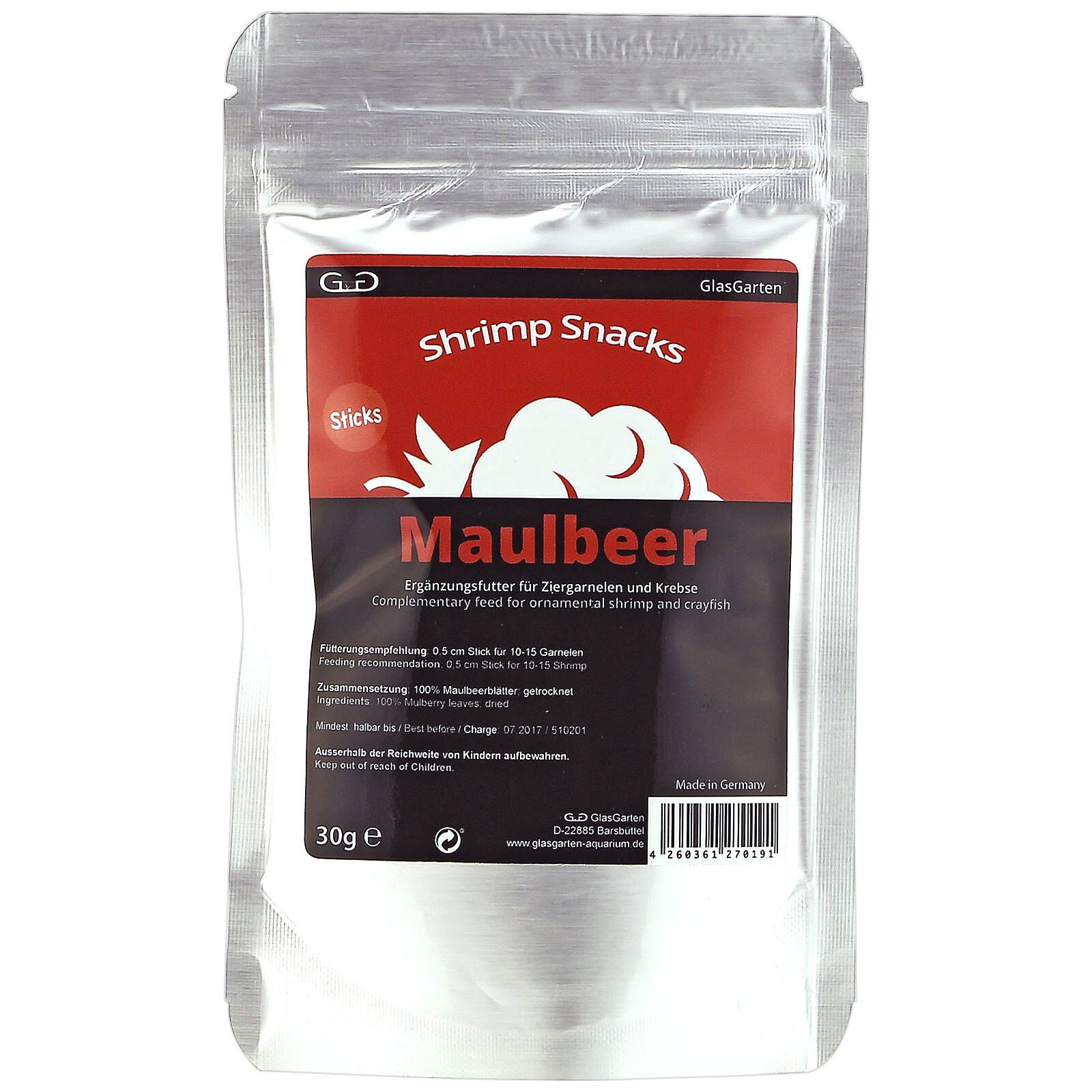plecc83
New Member
Hi all,
I have a small 50L yellow neocaridina tank, the tank is quite mature over a year old. But its only had the 6 shrimp and a rabbit snail in there for 3 months.
I think I have just had my first failed molt, I left the shrimp in the tank just in case it's still mid-molt but I'm fairly certain its died. it appears the shell split successfully and the tail is completely out but the front 1/2 is still attached.
I'm very inexperienced with keeping neo's, is this just something that happens every now and then? or is this an indication of a problem that needs sorting out? my KH appears to be vey low compared to my other tanks that contain slate and sand.
The tank doesn't contain any stone/rock or gravel/sand.
Décor - Malaysian bog wood and Catappa leaves
Substrate - Fluval Stratum (mixture of live plants)
Filter - Matten foam panel driven by powerhead to spray-bar.
W/C schedule - 10% weekly, filled very slowly (4 days since last w/c)
I don't use any shrimp minerals in my water changes just prime water conditioner.
Food - Snowflake & Fishscience Shrimp Sticks (both fed most days), Blanched vegies usually cucumber (once a week over 2 days)
Current stat's
Temp - 24.3 C
GH (ppm) - 180
KH (ppm) - 40 (My other tanks are typically very high KH-240)
pH - 7.0
Nitrite (NO2) - 0
Nitrate (NO3) - <10
Ammonia (NH3/NH4)- 0
TDS - 150-250
(my TDS meter only measures in increments of 100 ppm)
Any help's greatly appreciated, am I also running the tank a bit too hot?
I have a small 50L yellow neocaridina tank, the tank is quite mature over a year old. But its only had the 6 shrimp and a rabbit snail in there for 3 months.
I think I have just had my first failed molt, I left the shrimp in the tank just in case it's still mid-molt but I'm fairly certain its died. it appears the shell split successfully and the tail is completely out but the front 1/2 is still attached.
I'm very inexperienced with keeping neo's, is this just something that happens every now and then? or is this an indication of a problem that needs sorting out? my KH appears to be vey low compared to my other tanks that contain slate and sand.
The tank doesn't contain any stone/rock or gravel/sand.
Décor - Malaysian bog wood and Catappa leaves
Substrate - Fluval Stratum (mixture of live plants)
Filter - Matten foam panel driven by powerhead to spray-bar.
W/C schedule - 10% weekly, filled very slowly (4 days since last w/c)
I don't use any shrimp minerals in my water changes just prime water conditioner.
Food - Snowflake & Fishscience Shrimp Sticks (both fed most days), Blanched vegies usually cucumber (once a week over 2 days)
Current stat's
Temp - 24.3 C
GH (ppm) - 180
KH (ppm) - 40 (My other tanks are typically very high KH-240)
pH - 7.0
Nitrite (NO2) - 0
Nitrate (NO3) - <10
Ammonia (NH3/NH4)- 0
TDS - 150-250
(my TDS meter only measures in increments of 100 ppm)
Any help's greatly appreciated, am I also running the tank a bit too hot?











